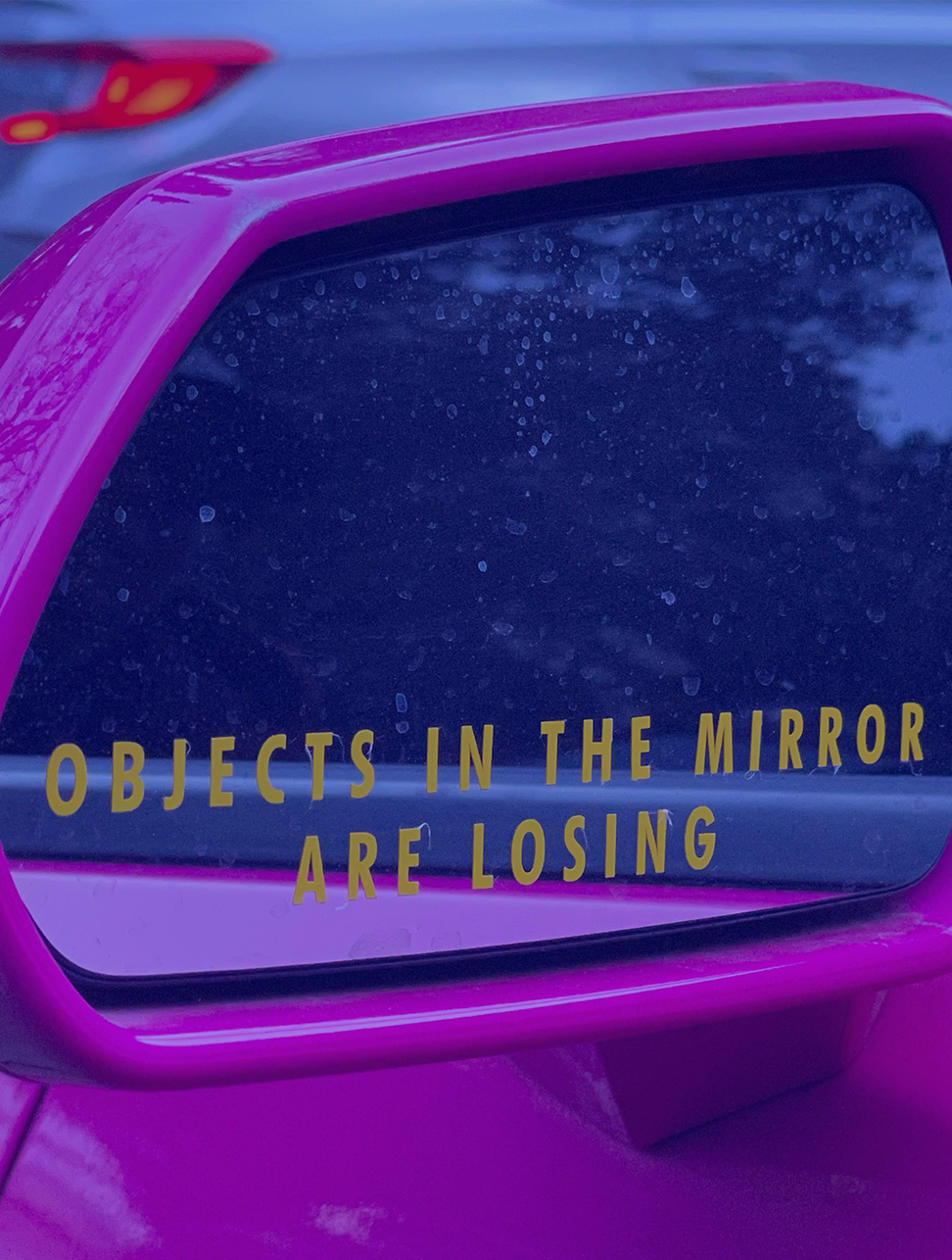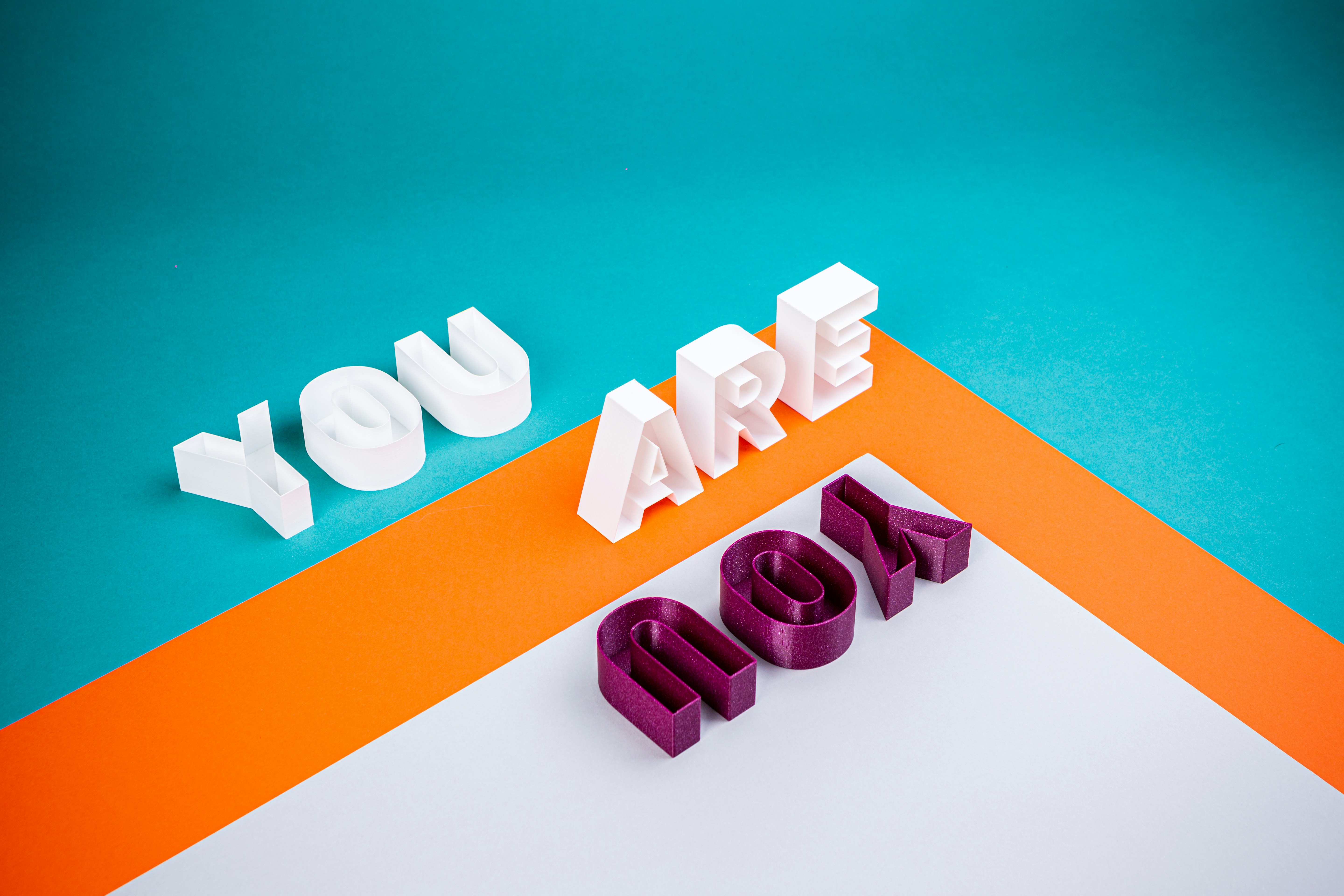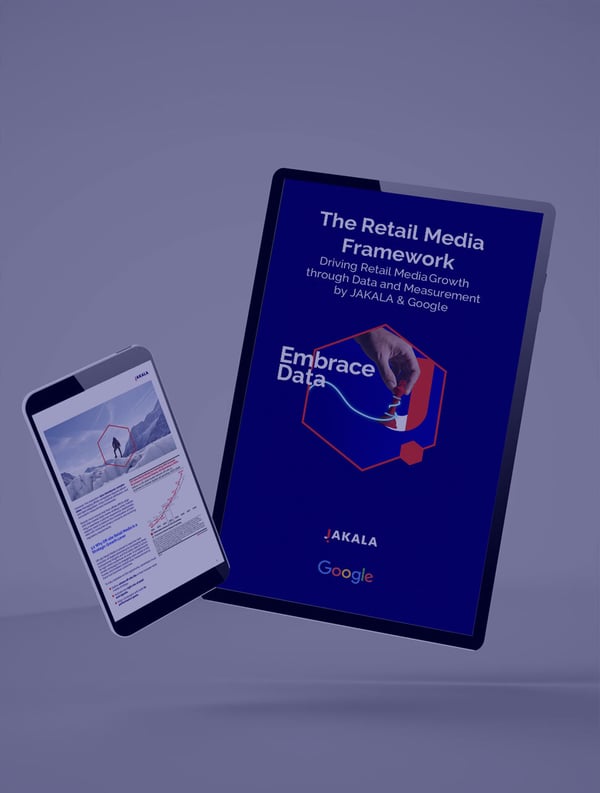It’s 2025, data reigns, and artificial intelligence can predict your next move before you make it...
So is it ironic that many brands feel more out of touch than ever? Despite unprecedented access to consumer behaviour, more and more brands are struggling to form meaningful connections. They’ve invested millions in personalisation technologies, yet the end result often feels anything but personal.
This disconnect—the space between what consumers want and what brands deliver—is what we call the personalisation gap. And it’s growing.
What is the Personalisation Gap?
We’ve all seen it. The email that greets us by name but recommends a product we’d never buy. The sponsored ad that pops up seconds after we abandon a cart, selling not just the product we passed on, but the entire illusion of knowing us.
This kind of personalisation is surface-level. It’s mechanical. It’s built on algorithms that might know what we clicked, but not what we care about. What consumers really crave isn’t personalisation through automation, but a sense of recognition, a feeling that a brand actually understands who they are.
The problem isn’t just technological—it’s emotional. If you show people something irrelevant, they walk away. There’s no forgiveness anymore.
What’s missing is authenticity. Emotion. Relevance rooted not in metrics, but in meaning.
The Slow Erosion of Relevance
Brands didn’t always operate in this hyper-reactive mode. There was a time when a rebrand was a rare, decade-long undertaking. Now, trends shift so quickly that relevance has become a moving target—and most brands are constantly trying to catch up.
But in doing so, many have become trapped by their own dashboards. They tweak images, update headlines, and adjust buttons. Every move is measured. Every campaign is tested to death. And in the process, they lose sight of their story—they lose sight of who they are.
We’re reacting instead of anticipating. And the more we react, the more we forget where we started.
Rather than leading with bold ideas, brands end up trailing trends. Their messages blur together. Their presence feels automated. They become just another voice in the scroll.






